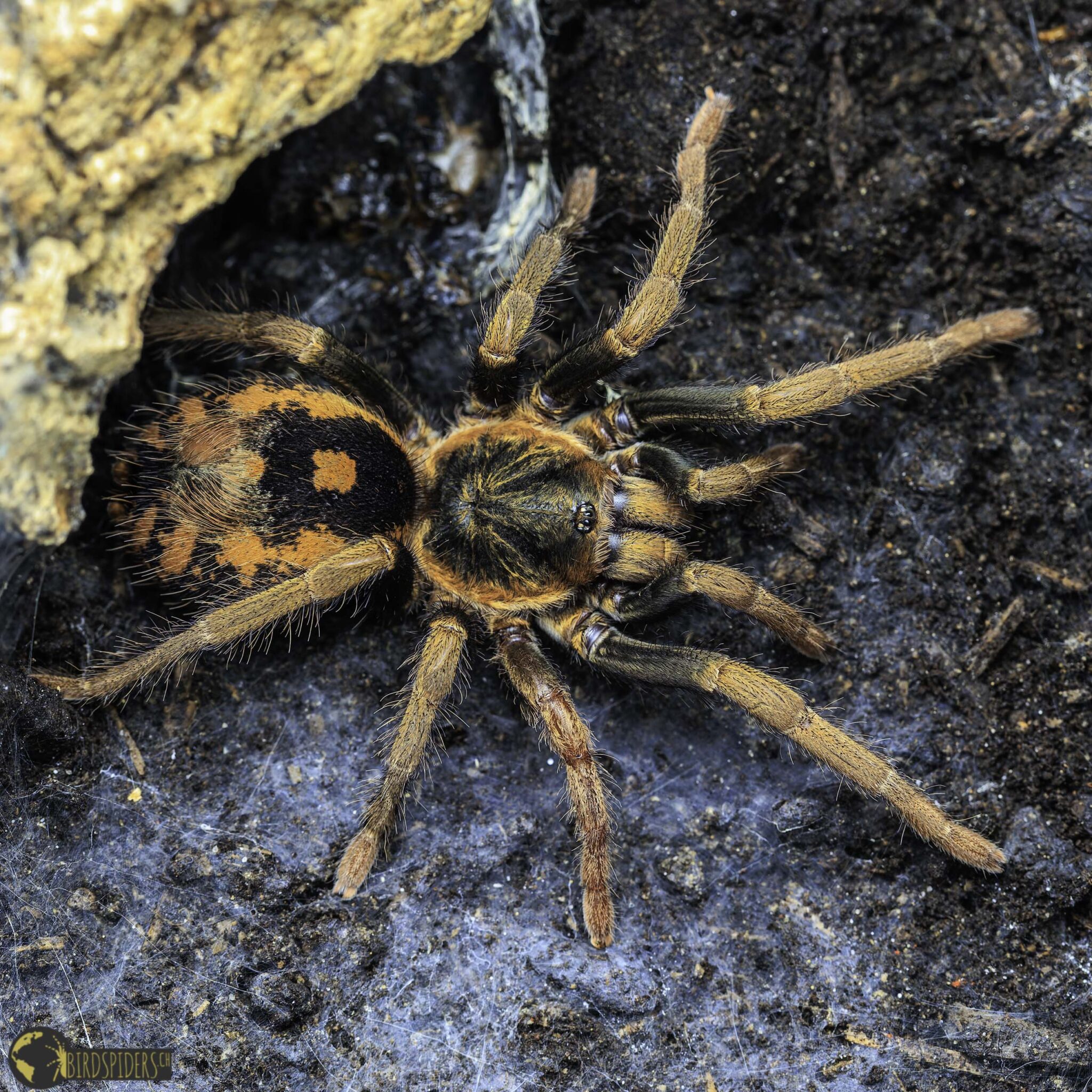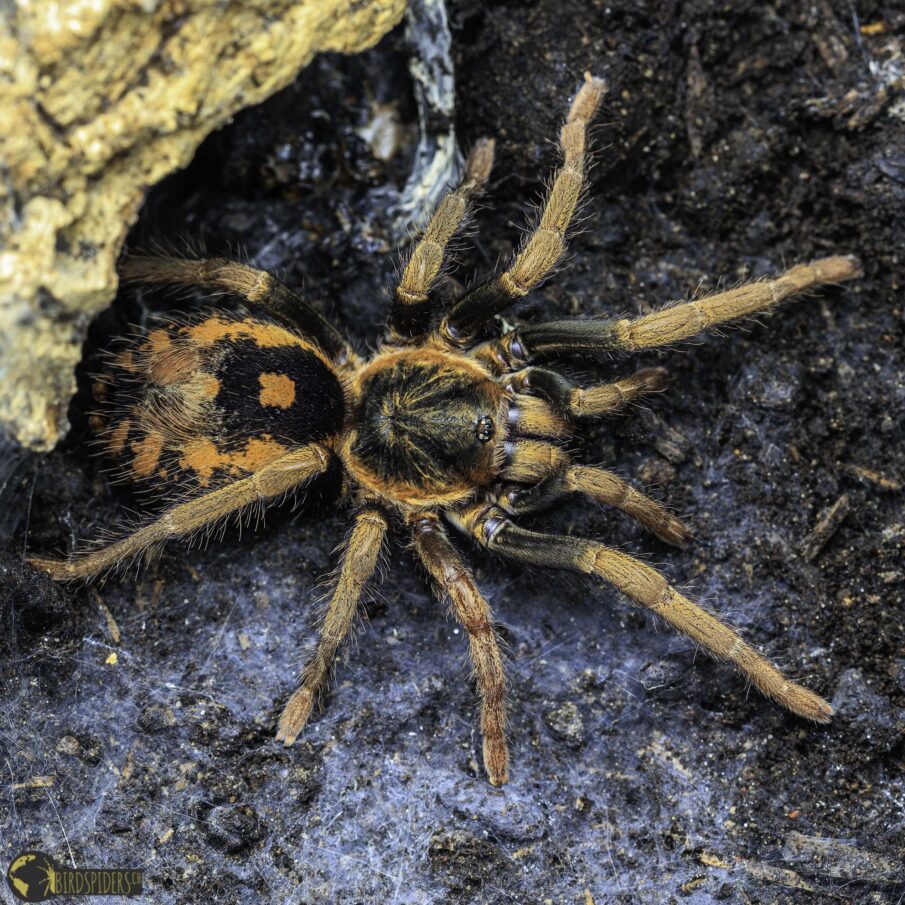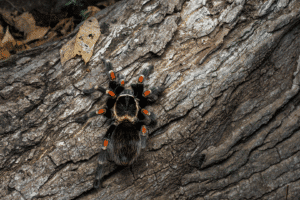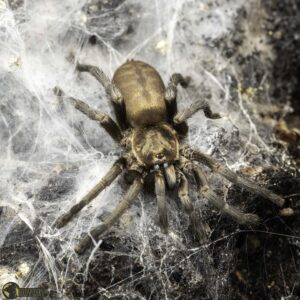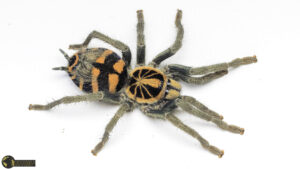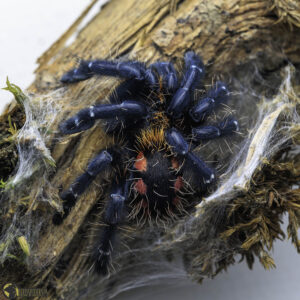“`
Overview
Discover the fascinating Hapalopus species, particularly Hapalopus guerreroi, known for its striking beauty. These magnificent tarantulas are native to Colombia and have recently gained popularity among enthusiasts. This article explores their natural history, taxonomy, and the importance of their conservation in biodiversity.
Natural History
The Hapalopus genus is characterized by its unique features, including a T-shaped spermathecal receptacle, which is crucial for reproduction. The species Hapalopus guerreroi was recently described in a publication by Sherwood et al. (2024), which highlighted its distinct morphological traits. These tarantulas thrive in the lush Colombian habitat, contributing to the region’s rich biodiversity.
In their natural environment, Hapalopus guerreroi plays a vital role in the ecosystem, helping to control insect populations and serving as prey for larger animals. Their striking appearance and behavior make them a subject of interest for both researchers and tarantula enthusiasts.
Taxonomy & Systematics
The Hapalopus genus was first described by Anton Ausserer in 1875. Recent studies, including the work by Sherwood et al. (2024), have clarified the taxonomy of several species within this genus. The identification of Hapalopus guerreroi was based on the examination of spermathecae and male characteristics, confirming its distinction from other species like Hapalopus vangoghi.
- Hapalopus guerreroi: Described in 2024, characterized by its unique spermathecal shape.
- Hapalopus vangoghi: Previously misidentified, showing different morphological traits.
These taxonomic clarifications are essential for understanding the evolutionary relationships within the Hapalopus genus and ensuring accurate conservation efforts.
Husbandry
For enthusiasts looking to keep Hapalopus guerreroi as pets, proper husbandry is crucial. Here are some key points to consider:
- Habitat: Provide a terrarium with adequate space, humidity, and temperature. A range of 24-28°C (75-82°F) is ideal.
- Substrate: Use a substrate that retains moisture but allows for burrowing, such as coconut fiber.
- Diet: Feed a varied diet of insects, including crickets and mealworms, ensuring they are appropriately sized for the tarantula.
- Water: Provide a shallow water dish to keep the humidity levels stable.
Understanding the specific needs of Hapalopus guerreroi will help ensure their health and longevity in captivity.
References
1. Sherwood, D., et al. (2024). “Taxonomic Revision of Hapalopus Species from Colombia.” Journal of Arachnology.
2. Ausserer, A. (1875). “Zweiter Beitrag zur Kenntniss der Arachniden-Familie der Territelariae Thorell.” Verhandlungen der Kaiserlich-Königlichen Zoologisch-Botanischen Gesellschaft in Wien.
3. Perdomo, C., Panzera, A., & Pérez-Miles, F. (2009). “Hapalopus aymara: A New Species of Tarantula from Bolivia.” Iheringia. Série Zoologia.
“`
